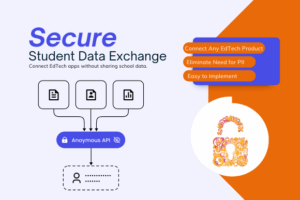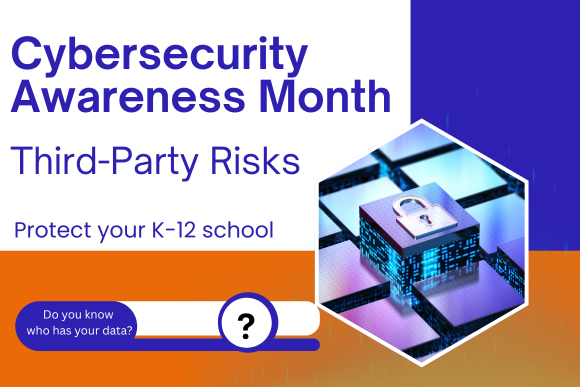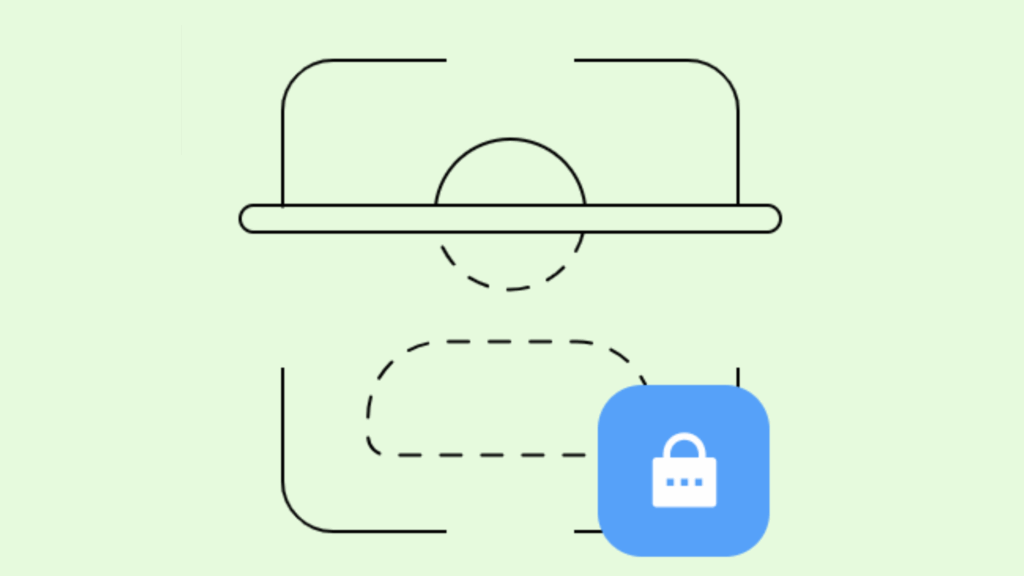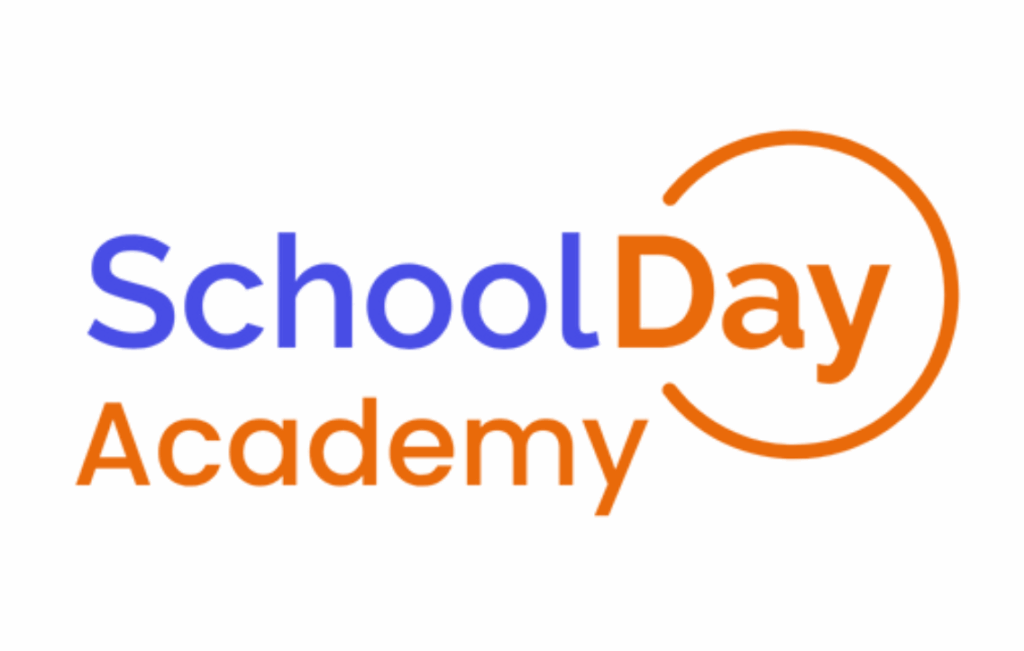K–12 schools use technology to enhance teaching, support students, and manage administrative functions. This technology often includes a combination of student information systems (SIS), learning management systems (LMS), edtech, communication tools, and specialized applications. Each piece of technology can help improve efficiency. However, when each of these pieces operate independently, it leads to issues like fragmented workflow, duplication of sensitive data, and challenges in gaining a full picture of each student. This leads educators and administrators to waste time trying to manage overlapping systems or systems that don’t securely integrate. Interoperability solves these challenges.
What Is Interoperability?
Interoperability allows different systems and applications to securely exchange data in a safe, secure, and useful way. In K-12 schools, interoperability lets systems like LMS, SIS, and edtech applications communicate with each other by ensuring that information flows efficiently and accurately across the school or district. But the most important aspects of interoperability are privacy, compliance, and district control over data.
Interoperability safeguards information by anonymizing and tokenizing the student, parent, and staff PII data before it is shared with any third-party. It provides the secure foundation schools need to balance both innovation and safety. This is essential as more schools adopt AI technology in an effort to increase efficiency and productivity.
Why Interoperability Matters to K-12 Schools
Interoperability matters for K-12 schools because it makes it easier for schools to create holistic student profiles. Districts use information like academic performance, attendance, health records, and behavioral data to serve students more effectively. When systems are unable to communicate with each other, schools are forced to make decisions for students without using all of the data. Or, worse, they rely on copying data from one system to another, putting student data at risk.
Lack of interoperability may also create more risk because staff and educators are forced to log into several platforms, enter the same student information multiple times, and reconcile inconsistencies. This wastes time and increases the likelihood of errors. Especially in large districts or those with frequent transitions (such as new student enrollments), redundant data handling can hinder instruction and add frustration.
In addition, compliance with privacy regulations, such as FERPA, COPPA, and state-level laws, requires strict controls over how student information is shared and accessed. Interoperable systems help enforce these controls by automating permissions, tracking data exchanges, and minimizing unnecessary exposure of personally identifiable information (PII).
Michigan conducted an extensive study on technology and interoperability in their school districts and determined that the cost of not having interoperable systems that could easily communicate with each other without risking student data in the process was costing their schools more than $64 million per year.
Key Benefits of Interoperability
Interoperability is critical to effectively managing student data. The benefits include:
Efficiency and Productivity
Streamlining connections between systems eliminates many of the repetitive, manual tasks that slow school operations. Educators can focus on teaching; administrators have more time for strategic planning rather than troubleshooting technical problems.
Accuracy and Consistency
Automated data flows reduce errors and promote real-time updates. Grades, attendance records, and behavioral notes are instantly available in connected platforms, supporting more timely interventions.
Privacy and Security
Centralized governance ensures data only moves where and when it’s needed, limiting potential vectors for breaches and exposures. Districts can confidently manage compliance workflows, audit data exchanges, and respond to regulatory requirements.
Actionable Insights
With a unified data ecosystem, teachers and administrators gain access to comprehensive, up-to-date student information. This supports data-driven decision-making, personalized instruction, and targeted support for learners.
Adaptability and Scalability
As needs evolve and new tools emerge, interoperable frameworks make it easier for districts to implement change without disrupting existing workflows or compromising security.
Common Challenges to Achieving Interoperability
For many schools, the journey toward interoperability begins with frustration over disconnected technologies. Legacy systems often lack modern integration capabilities and may require custom solutions to communicate with newer cloud-based platforms. Vendors sometimes use proprietary or incompatible data formats, making seamless exchange difficult. IT teams face increased workloads just to maintain connections, troubleshoot issues, and ensure compliance and don’t have time to build custom APIs to connect disparate systems.
These challenges manifest as:
Fragmentation and Loss of Visibility
Information stored in separate systems can’t be easily unified, leading to missed opportunities to support students or identify trends.
Privacy and Compliance Risks
If data is transferred manually or without effective governance, the potential for breaches, unauthorized access, or compliance failures grows.
Complex Vendor Management
Overseeing numerous vendors, contracts, and technical requirements strains district resources and complicates expansion or changes.
Often, districts attempt to piece together disparate systems with manual workarounds or rely on “middleware” that lacks full standards compliance. While these strategies may offer temporary relief, they don’t address root issues and may introduce new vulnerabilities.
Frameworks and Practical Steps for Improving Interoperability
Districts seeking to build a seamless data ecosystem typically pursue a structured approach:
System Audit and Mapping
Review all applications currently in use, documenting what data is collected where, how it is shared, and which silos exist.
Standards-Based Selection
Standards like 1EdTech (formerly IMS Global Learning Consortium)’s Learning Tools Interoperability (LTI) and the Ed-Fi Data Standard provide frameworks for educational data sharing. Implementing these standards allows schools to select from a wider range of compatible tools without being locked into a single vendor.
Centralized Integration
Implement data integration platforms that support secure, standards-compliant connections across legacy and modern systems.
Governance and Training
Develop clear data governance policies and procedures. Involve educators, administrators, and IT staff in regular training around privacy, security, and responsible data handling.
Continuous Review and Adaptation
Regularly evaluate whether workflows, technologies, and policies meet current and future needs, adjusting as the school’s priorities evolve.
Real-World Impact of Interoperability in K-12 Schools
When districts succeed in achieving interoperability, the results are tangible. Data accuracy is improved, as updates and changes are reflected everywhere in real time. Staff onboarding and the rollout of new applications become simpler and faster. Privacy risks decline, as centralized rules enforce strict controls and provide clear accountability. Most importantly, educators can rely on timely, trustworthy information to support every learner, not just those whose data is readily accessible.
“SchoolDay eliminates the need to share personal student data, which minimizes our time spent reviewing DPAs to comply with data privacy regulations.”
James Spicuzza
Founder/Chief Product Officer, CrisisGo, Inc.
By thoughtfully bridging gaps by securely connecting all student data, strengthening security, and improving access to information, schools empower every stakeholder to make data-driven decisions confidently and securely. Achieving interoperability requires collaboration, planning, and ongoing investment, but the outcome — a seamless, privacy-respecting, and efficient education environment — is well worth the effort.
Partnering with organizations that specialize in educational interoperability, such as SchoolDay, can make the entire process much easier for school districts and the vendors with whom they work. SchoolDay is a pioneering solution enabling vendors and schools to securely orchestrate their ecosystem of third-party SaaS applications without sharing student or parent data. We simplify vendor integration by offering token-based, on-demand provisioning, replacing personally identifiable information (PII) with anonymized tokens—a process known as a zero-trust data exchange.
“SchoolDay eliminates the need to share student PII with every vendor and uses easy-to-implement anonymization services to eliminate the need to duplicate student PII with every vendor that a school district might work with.” – Robert Iskander, CEO and founder of SchoolDay.
SchoolDay’s zero-trust ecosystem orchestration simplifies the entire data exchange process between schools and vendors. Learn more about SchoolDay’s zero-trust ecosystem orchestration.













